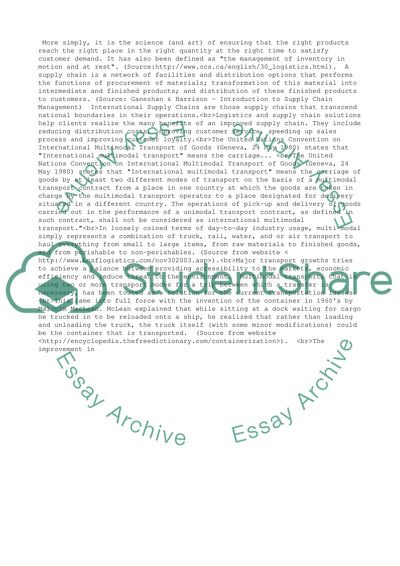Cite this document
(“International Supply Chains Essay Example | Topics and Well Written Essays - 3000 words”, n.d.)
Retrieved from https://studentshare.org/business/1530461-international-supply-chains
Retrieved from https://studentshare.org/business/1530461-international-supply-chains
(International Supply Chains Essay Example | Topics and Well Written Essays - 3000 Words)
https://studentshare.org/business/1530461-international-supply-chains.
https://studentshare.org/business/1530461-international-supply-chains.
“International Supply Chains Essay Example | Topics and Well Written Essays - 3000 Words”, n.d. https://studentshare.org/business/1530461-international-supply-chains.


